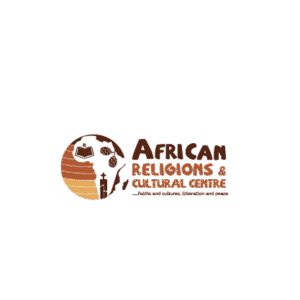It’s easy to forget your roots in a place where their culture tells an entirely different story from yours. However, Dr Maulana Karenga created a solution to this problem the African Americans and the Africans in the diaspora didn’t realize they had.
He created the Kwanzaa cultural celebration which is held annually from the 26th of December to the 1st of January as a means of honouring the African heritage and staying connected to their roots.
The festival celebrates seven core values, the Nguzo Saba, that are common to most African countries. They are all written in Swahili which is the same language used for the concept of this celebration.
Umoja (unity) – to maintain oneness in the family and community.
Kujichagulia (self-determination) – to define, name and create for oneself.
Ujima (collective work and responsibility) – to be our brother’s keeper, and to also build and maintain the community together.
Ujamaa (cooperative economics) – to build businesses and make profits together.
Nia (purpose) – building and developing the community as a collective vocation.
Kuumba (creativity) – striving each day to beautify the community and make it more beneficial than we met it.
Imani (faith) – believing in the struggles and victory of our fellow Africans
Celebratory symbols of this festival include Kinara(a candleholder), Mkeka(a mat on which the other items are placed), Mishumaa Saba(the 7 candles), Mazao(crops), Muhindi(corn to represent the children) and Kikombe Cha Umoja(the unity cup).
The candle holder holds 7 seven candles of different colours. There’s a black candle that signifies unity, 3 green candles for the earth and 3 red candles for the struggles of the Africans.
This cultural celebration brings families and communities together to reflect, appreciate and reaffirm their commitment to their cultural heritage. It celebrates history, values, family and the African community at large.
It’s also a period of communal feasting, drumming and musical selections.

